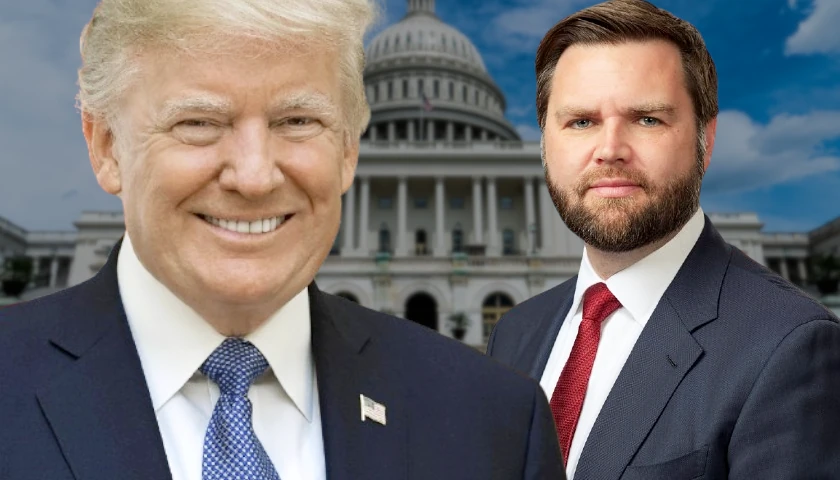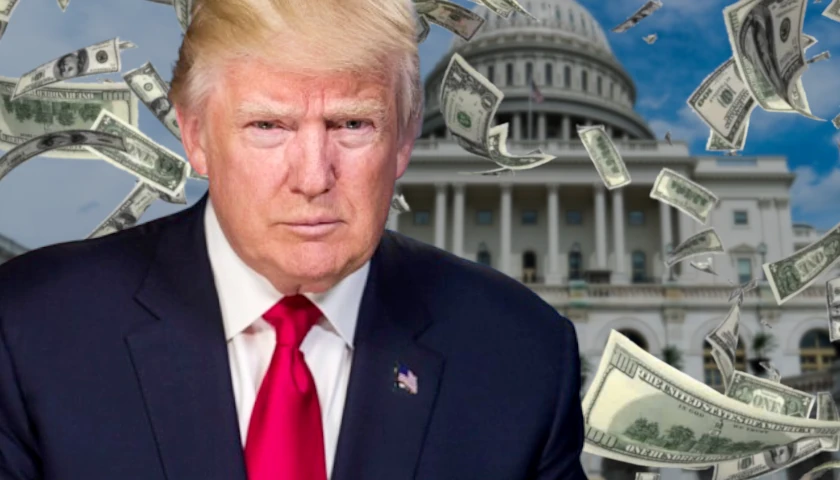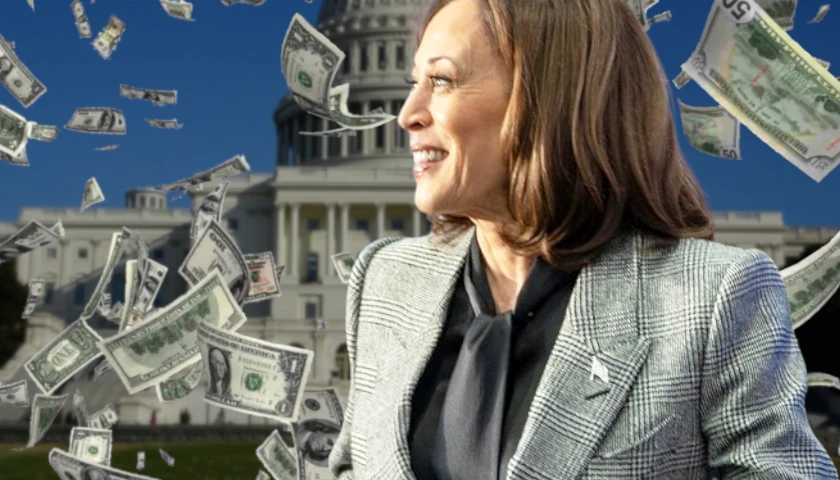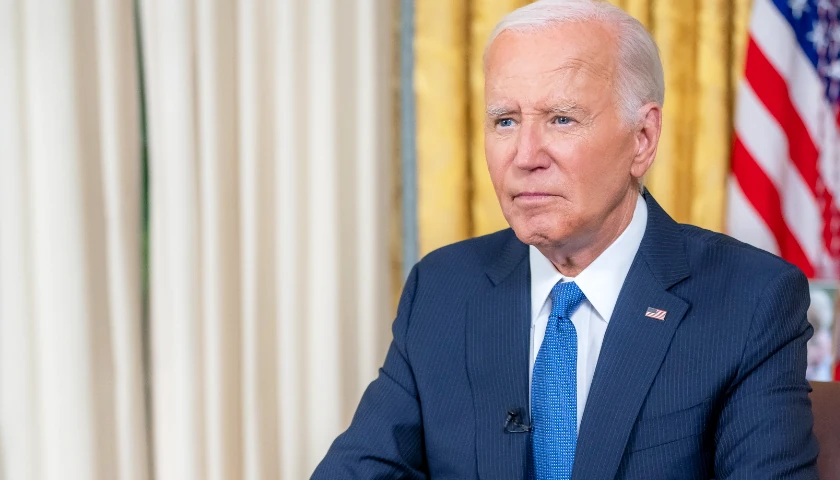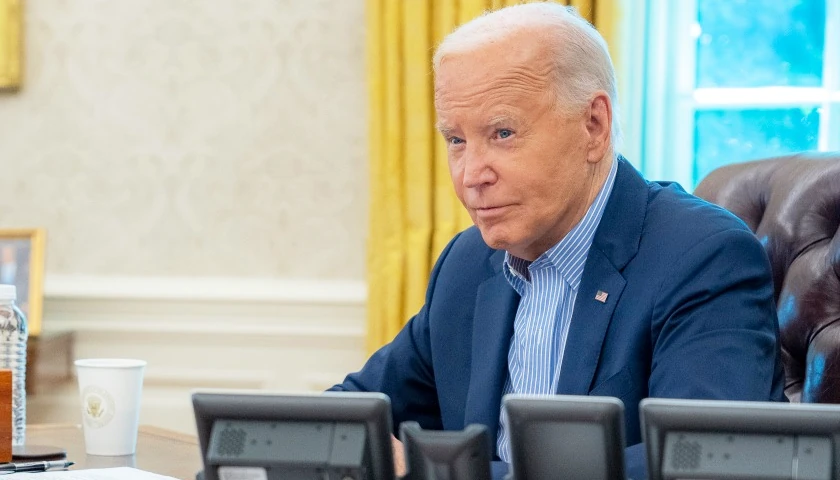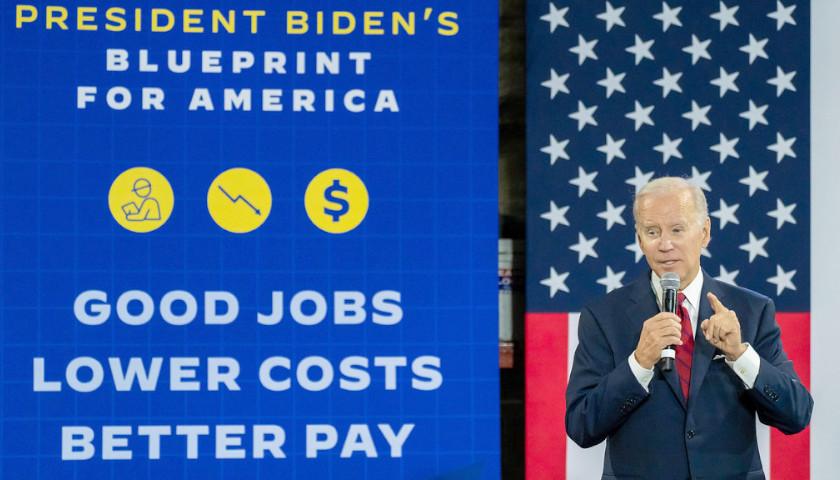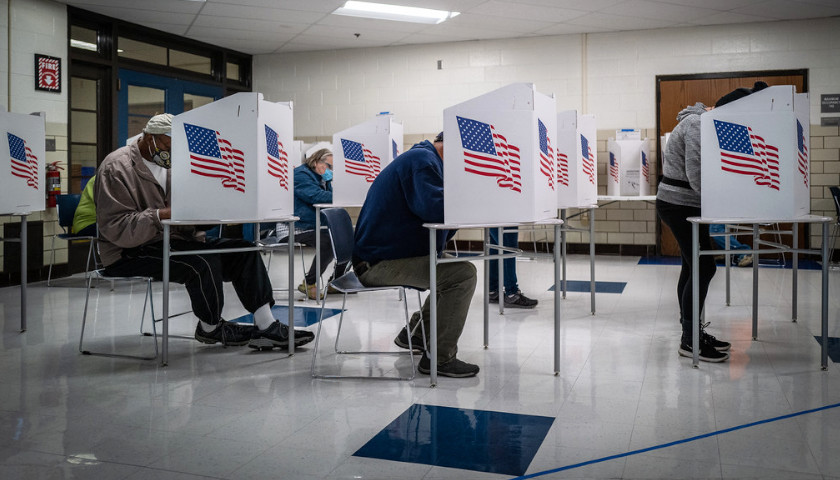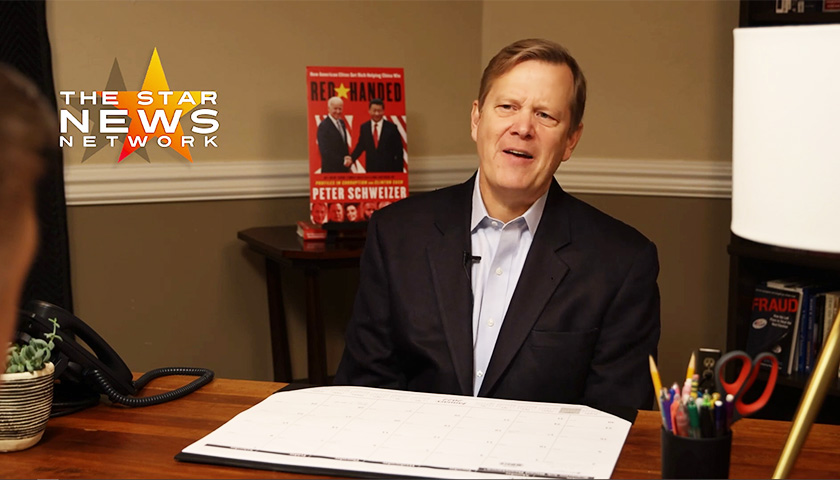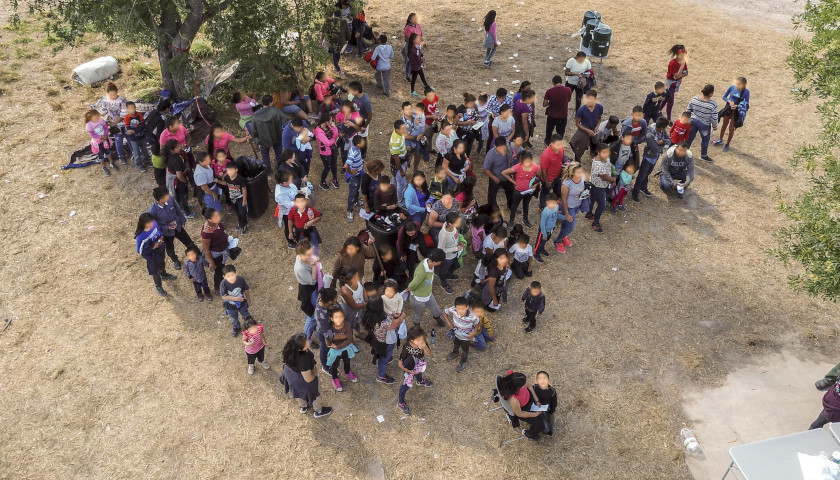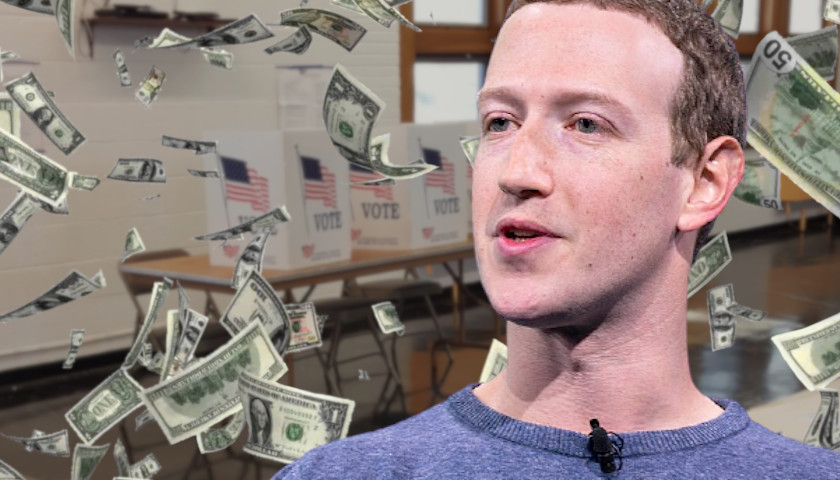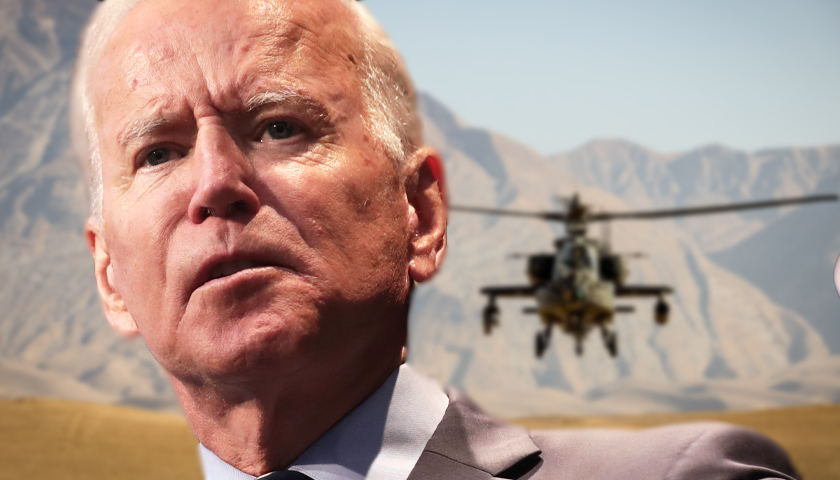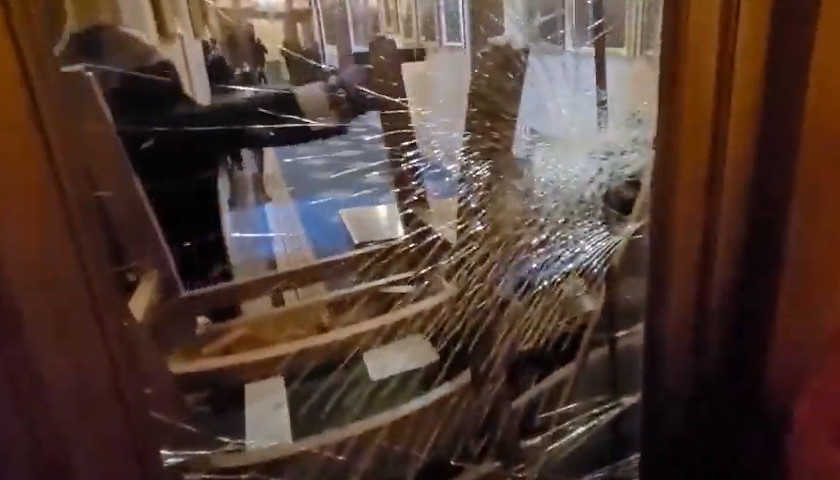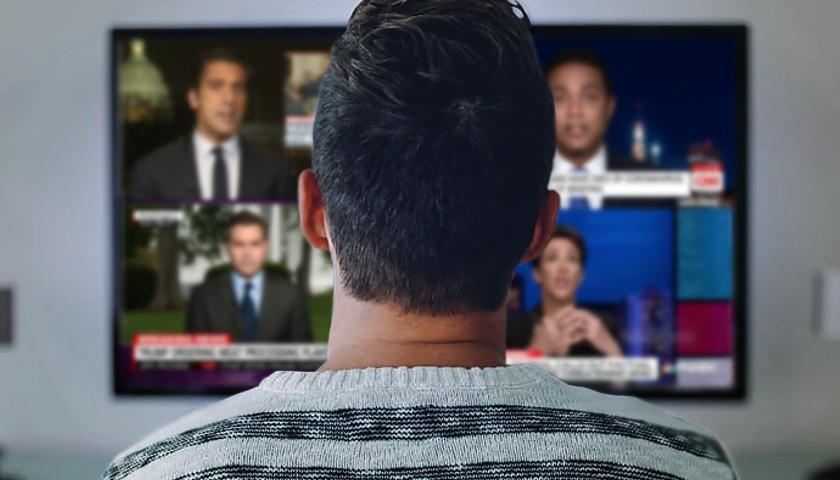President-elect Donald Trump and Vice President-elect J.D. Vance on Thursday slammed the continuing resolution before Congress and told Republicans to call Democrats’ bluff on a government shutdown.
Read MoreTag: American People
Commentary: Trump Vows to Slash Government Bureaucracy as Public Trust in Government Craters
President-elect Donald Trump just announced his sweeping plan to slash the size of the federal government through a new government agency run by businessmen Elon Musk and Vivek Ramaswamy.
The temporary agency, which Trump has named the Department of Government Efficiency (DOGE), will be tasked with slashing government bureaucracy, ending nonsensical regulations, and cutting wasteful expenditures, initiatives the American people appear all too happy to see put into action.
Read MorePushback on VP Kamala Harris’ Tax Proposal Plan Grows as Costs Are Counted
Vice President Kamala Harris’s tax proposal plan is getting significant pushback from Congress members and others as the costs of tax hikes on the American people across the political spectrum are being examined.
Upon a closer look at Harris’s tax proposals, an economist, a New York Times reporter, a small business owner advocate, and members of Congress all voiced their concerns over what the plan entails. Most of them note how the economy will be negatively impacted by her plan and the real-world implications for everyday Americans.
Read MoreCommentary: President Biden – A Single Point of Failure for America
On Sunday, President Joe Biden made the appropriate decision to drop out of the 2024 presidential race amid pressure and a soft coup attempt from Democrats. While dropping out, Biden, our sitting commander-in-chief, hid in Delaware for almost a week without being seen by the American people, prompting “proof of life” demands. Unfortunately, this past week is not the first time this has happened before – Joe Biden has been missing in action for the last four years as our country has been falling apart around him.
As a retired Navy SEAL and former Marine, I’ve had the honor and duty of serving this country in some of the most challenging and dangerous situations imaginable. Our missions demanded precision, adaptability, and unwavering leadership. Any failure, any gap in our planning or execution, could cost lives. That’s why it is deeply troubling to see the current state of leadership under President Biden, who has become a “single point of failure” as our commander-in-chief. His weakness continues to put America in grave danger as our enemies seek to capitalize from America’s missing leader.
Read MoreCommentary: President Biden Must Resign, or Be Impeached
President Biden’s duty to the American people is to “faithfully execute” his office. As a public trustee, Biden took an oath to do what is right. He is a trustee of powers bestowed upon him by the Constitution in return for his promise to be dutiful.
Like every agent and trustee, Biden owes fiduciary duties to those who are served by his decisions. He owes them two duties: the duty of always acting with due care; and the duty of giving them his absolute loyalty, always putting their interests above his own.
Read MoreCommentary: Stanford, Silicon Valley, and the Rise of the Censorship Industrial Complex
This summer the Supreme Court will rule on a case involving what a district court called perhaps “the most massive attack against free speech” ever inflicted on the American people. In Murthy v. Missouri, plaintiffs ranging from the attorneys general of Missouri and Louisiana to epidemiologists from Harvard and Stanford allege that the federal government violated the First Amendment by working with outside groups and social media platforms to surveil, flag, and quash dissenting speech – characterizing it as mis-, dis- and mal-information – on issues ranging from COVID-19 to election integrity.
The case has helped shine a light on a sprawling network of government agencies and connected NGOs that critics describe as a censorship industrial complex. That the U.S. government might aggressively clamp down on protected speech, and, certainly at the scale of millions of social media posts, may constitute a recent development. Reporting by RCI and other outlets – including Racket News’ new “Censorship Files” series, and continuing installments of the “Twitter Files” series to which it, Public, and others have contributed – and congressional probes continue to reveal the substantial breadth and depth of contemporary efforts to quell speech that authorities deem dangerous. But the roots of what some have dubbed the censorship industrial complex stretch back decades, born of an alliance between government, business, and academia that Democrat Sen. William Fulbright termed the “military-industrial-academic-complex” – building on President Eisenhower’s formulation – in a 1967 speech.
Read MoreCommentary: ‘Bidenomics’ Are Leaving Americans Behind
“When you think about wages going up, when you think about inflation at its lowest by more than 50 percent than it was a year ago, that’s because of the work that this President has done. And he’s going to continue to focus on what we can do to lower cost for the American people. And so, that is incredibly important.”
That was White House Press Secretary Karine Jean-Pierre on June 26, outlining President Joe Biden’s views on the current state of the U.S. economy, which have seen a diminution of the purchasing power of American households as high inflation set in following the more than $6 trillion that was printed, borrowed and spent into existence for Covid coupled with the economic lockdowns and production halts—literally too much money chasing too few goods.
Read MoreCommentary: The American People Must Relocate Power to the States
When American citizens look to Washington, D.C., they find much to be disappointed in and even less to believe in. The fundamental problem is that the federal government has, through its regulatory and spending powers, usurped much of the governing authority for the republic.
Read MoreSchweizer: The Titans of Wall Street Are Among China’s Closest American Allies
TRANSCRIPT: McCabe: One of the great ironies in investigative journalist Peter Schweizer’s new book Red-Handed is the degree to which the Chinese Communist Party has infiltrated the very heart of American capitalism on Wall Street. Schweizer told The Star News Network that the titans of Wall Street are among China’s…
Read More26 Governors Seek Meeting with Biden over Border Surge
More than half of the country’s governors would like a moment of the president’s time – and soon: Twenty-six Republican governors are urging Joe Biden to do more to address the deteriorating situation along the southern U.S. border.
“As chief executives of our states,” they write in a letter postmarked for Monday and first obtained by RealClearPolitics, “we request a meeting with you at The White House to bring an end to the national security crisis created by eight months of unenforced borders.”
The GOP chief executives are requesting an audience “within 15 days” given that the “the crisis that began at our southern border now extends beyond to every state and requires immediate action before the situation worsens.”
Read MorePhill Kline to Michael Patrick Leahy: ‘Zuckerberg Money Paid for the People Who Boarded Up the Windows and Kicked America Out’
Thursday morning on First Principles, host Phill Kline welcomed The Star News Network’s CEO, Michael Patrick Leahy to the phone lines to discuss the influence of Zuckerberg’s money on the 2020 election and altered state election laws.
Read MoreCommentary: Between Afghanistan and Joe Biden, It Is a Struggle to See Which Fell Faster
While the disadvantages of aging are often lamented and discussed, there are a few perks. One of which is having actual memories of events about which younger people can only read about or view on YouTube. For me, one of those memories etched indelibly in my mind is that of American helicopters airlifting diplomats and workers off of rooftops in Saigon as it fell.
I watched Vietnam fall with the voice of Walter Cronkite narrating. The symbolism of that long and failed endless American war was so vivid and so devastating that for me, like others in my generation, I was left to hope that the United States would never let something like that happen in the future.
Now, as I watch the scenes out of Afghanistan, I am put in mind of the immortal line given to us by New York Yankee legend Yogi Berra: It’s déjà vu all over again.
Read MoreCommentary: Officer Fanone’s Bodycam Video of Capitol 6 Riot Still Not Released
At least one federal judge handling several Capitol protest criminal cases is paying attention to House Speaker Nancy Pelosi’s show trial about the events of January 6.
Judge Thomas Hogan, 83, who has served on the D.C. District Court for nearly 40 years, referred to public testimony given last week by four law enforcement officers while he scolded a husband and wife over their involvement in the protest.
“[H]e begins by talking about the violence, and makes clear he listened to the police officers who testified before Congress last week about their experience, and notes the recent suicide of [a Metropolitan Police Department] officer,” Zoe Tillman, a reporter for BuzzFeed, live-tweeted during the couple’s sentencing hearing on Wednesday.
Read MoreCommentary: The American Media Has Betrayed America
There aren’t enough disparaging epithets in the English language to adequately describe “journalists” such as ABC Nightly News anchorman David Muir, the dashing 40-something actor who pretends to share important national news with America. Five days a week, Muir recites agenda-driven propaganda as if it were truth, while his allies who run the social media monopolies throttle down, demonetize, shadowban, or flat out censor reports that conflict with his narrative.
Read More
